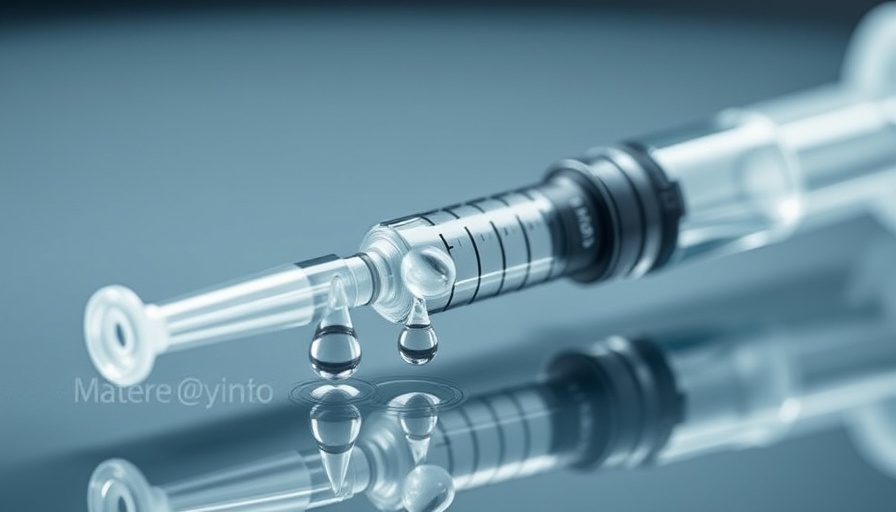
The Surge of GLP-1 Medications in Medical Aesthetics
The burgeoning field of medical aesthetics is experiencing an unprecedented transformation, underscored by the rapid integration of GLP-1 medications. A recent report from Guidepoint Qsight illustrates how these medications, often linked to weight loss, are invigorating the industry, propelling the U.S. medical aesthetics market to a $17.5 billion valuation with a 2% growth in 2024 alone.
Understanding the Impact: A Paradigm Shift
In the ever-evolving landscape of aesthetics, GLP-1 medications have emerged as game-changers. These drugs are reshaping how practices approach not only patient care but also revenue generation. Data reveals that practices offering GLP-1 treatments have seen a 9% increase in revenues, starkly contrasting with a 2% drop at clinics overlooking this trend. This strategic adoption is yielding substantial fiscal rewards, with these medications now comprising 15% of monthly revenue for adopters and drawing in nearly 40% new clients in 2024, highlighting a considerable shift in consumer behavior.
Diversifying Aesthetic Offers: Neurotoxins Still Dominate
While GLP-1 medications contribute significantly to growth, non-surgical aesthetic procedures remain dominant. Neurotoxins lead the pack, reflecting a 4% increase in patient spending, whereas surgical options have maintained a more tempered trajectory. This shift underscores a broader gravitation towards minimally invasive procedures, a preference echoed across various demographics.
Future Predictions and Trends in Aesthetics
Looking forward, the integration of GLP-1 medications is set to drive further innovation within the medical aesthetics sector. As competition heightens, practices that embrace these medications early will likely experience accelerated growth. Additionally, emerging trends point towards younger consumers driving market demand, notably Generation Z, which now comprises 10% of aesthetic patients, up significantly from previous years. This demographic shift may call for tailored marketing strategies and service offerings to appeal to a younger audience seeking aesthetic enhancements.
Unique Benefits of Understanding This Data
Grasping the implications of these findings equips practice leaders with strategic foresight. By recognizing and embracing the trend towards GLP-1 medications, practitioners can enhance patient acquisition strategies, optimize revenue streams, and remain competitive in an industry frequently at the vanguard of change. As younger demographics increasingly prioritize aesthetic investments, understanding these dynamics becomes crucial in aligning services and marketing efforts with consumer expectations.
Relevance to Current Events in Aesthetics
The integration of innovative technologies and treatments in medical aesthetics is reflective of wider shifts in health and wellness priorities globally. As wellness increasingly intersects with aesthetics, practices that adapt to these evolving needs will be better positioned to succeed. This aligns seamlessly with larger trends observed in personal healthcare, where preventive and personalized approaches are favored.
 Add Row
Add Row  Add
Add 






Write A Comment